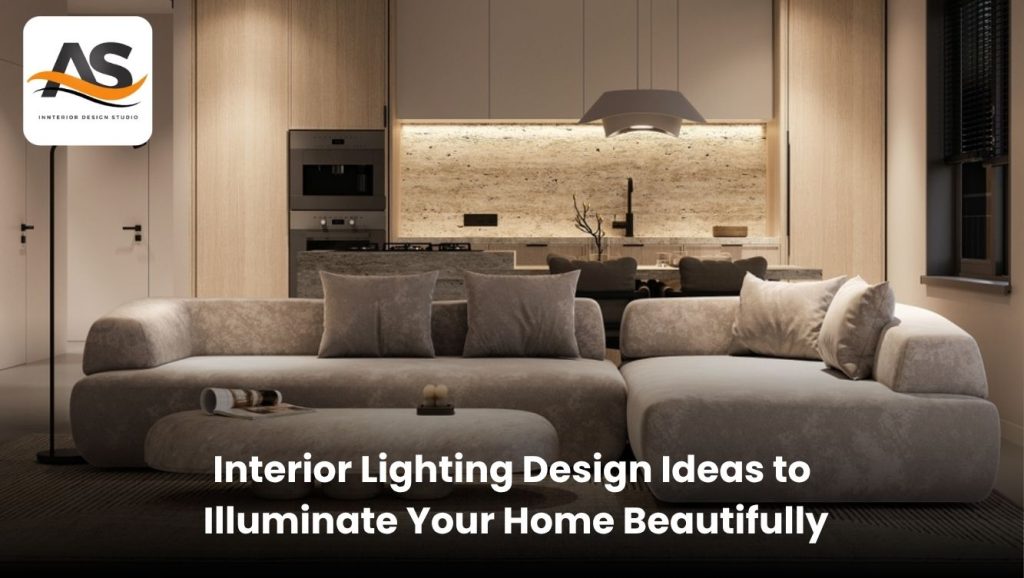Lighting is one of the most powerful tools in home design. It affects how we see, feel, and experience a space. The right lighting can make a room look larger, warmer, or more inviting, while poor lighting can make even a beautifully designed room feel flat or unwelcoming. If you want your home to look and feel its best, thoughtful interior lighting design is essential.
In this guide, we’ll explore practical interior lighting ideas for different rooms, how to layer lighting effectively, the types of fixtures to choose, and why working with a professional can make all the difference.
Why Lighting Matters
People often focus on things like paint, furniture or flooring when designing a home, but lighting has a bigger impact than is realised. The way light falls in a room can add texture to your walls, make artwork look attractive and completely change the atmosphere.
There are three types of lighting to consider:
- Ambient light is the general light you need to move comfortably and see the room clearly.
- Task lighting is focused lighting for specific tasks, such as cooking, reading or working at a desk.
- Accent lighting draws attention to details you want to highlight, such as a painting, a bookcase or a unique architectural feature.
Ambient Lighting – Creating the Right Mood
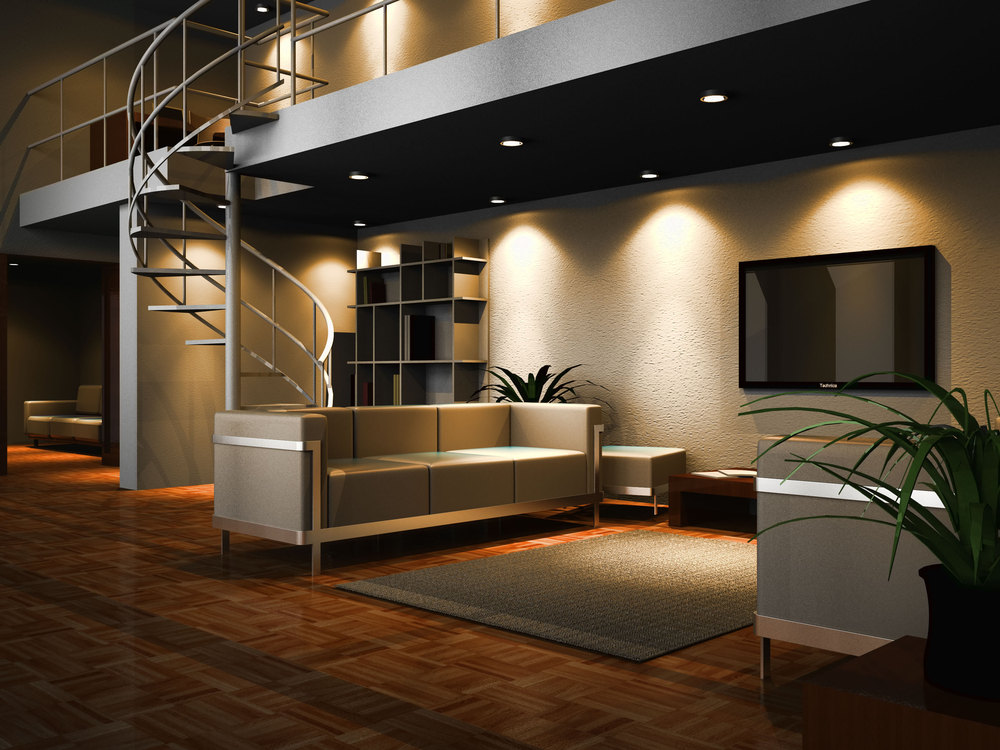
Caption: Warm ambient lighting adds comfort and elegance to any living space.
Ambient light forms the basis of any room’s lighting. This gives the room a gentle, even glow so you can move comfortably without harsh shadows. This can come from ceiling lights, recessed fixtures or wall lights.
For example, imagine a spiral staircase that is softly lit with warm lighting – it immediately feels inviting and stylish. By installing dimmers, you can easily adjust the brightness, create a cozy atmosphere for the evening or brighter lighting if necessary. Ambient light is particularly important in areas such as living rooms and hallways, where you want the room to feel open and inviting.
Task Lighting – Practical and Stylish
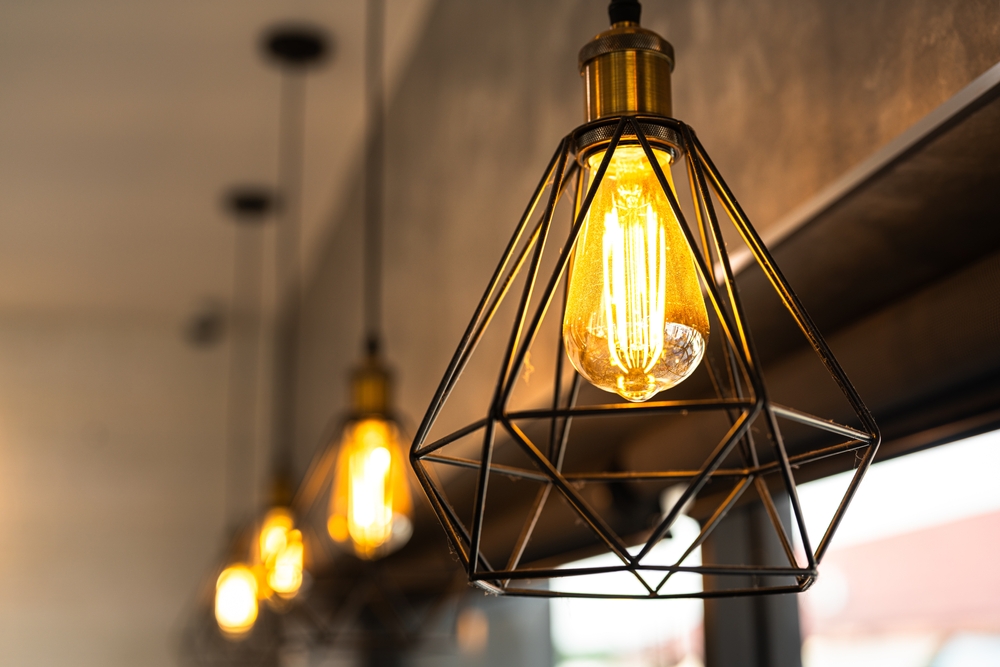
Caption: Pendant lights combine functionality and design for areas where focused light is needed.
Task lighting is about giving you just the right amount of light where you need it. Think of your kitchen, home office or bathroom – these are places where you need clear, focused light to work comfortably and safely. A pendant hanging over the kitchen island, a nice desk lamp on your work table, or a strong vanity light in the bathroom can make a big difference.
The good thing is that the work lighting does not have to be fully functional. Choosing fixtures that look intentional – such as sleek industrial pendants or stylish lamps – can add character and style to a room while still doing their job. The key is to make it feel like part of your design, not just an afterthought.
Accent and Decorative Lighting – Highlighting Your Home or Office
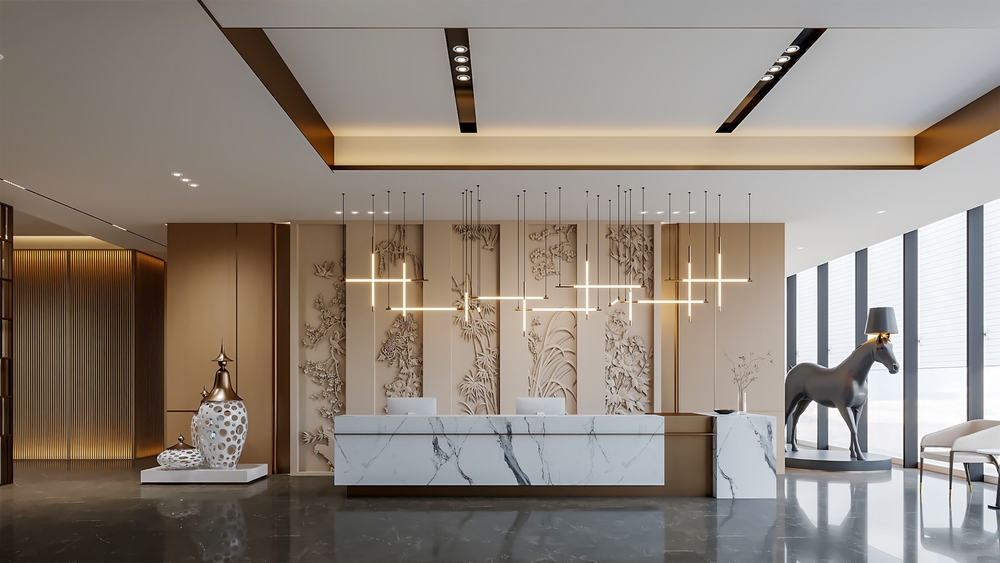
Caption: Accent and decorative lights draw attention to your design features and elevate the space.
Accent lighting is about drawing attention to the parts of the home you want to highlight. It could be a favorite painting, a textured wall or an architectural feature such as a staircase or ceiling beam. Track lights, spotlights or wall-mounted luminaires are good tools for this – they focus the light exactly where it is needed.
Decorative lighting, such as chandeliers or attractive pendants, does more than brighten up a room. It becomes part of the home’s design, adding style and personality while serving a practical purpose. It becomes a design element in its own right, making a statement while still providing light. Using accent and decorative lighting strategically adds depth and personality to your home.
Lighting for Different Rooms
Each room has specific needs, and planning lighting for each room ensures that it is functional and attractive.
- Living room: Use a combination of ambient, task and accent lighting. Floor and table lamps are ideal for reading corners, while wall lamps and recessed lights provide general lighting. Accent lights can highlight artwork or architectural details.
- Kitchen: Task lighting is important here. Bright lighting on worktops and islands helps with cooking. Under-cabinet lights and pendant lights combine functionality and style.
- Bedroom: Soft, dimmable ambient lighting creates a relaxing atmosphere. Bedside lamps or reading lights provide focused lighting, and accent lights can showcase artwork or a favorite piece of decor.
- Bathroom: Bright, even lighting around mirrors is essential. Light combined with wall lamps works best for tasks such as shaving or make-up.
Choosing modern light fixtures That Work
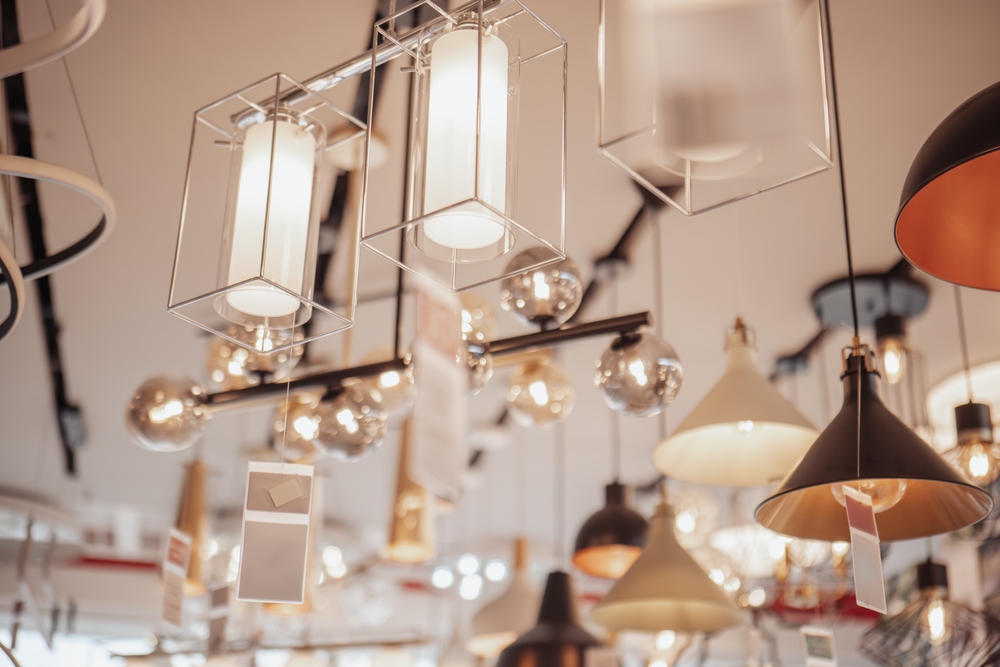
The right modern light fixtures make a big difference in both aesthetics and function. Common options include:
- Ceiling fixtures: Provides general lighting for rooms such as living rooms and bedrooms.
- Wall sconces: Add style and secondary lighting in the hallway or next to the mirror.
- Pendant lights: Perfect for kitchen islands, dining tables, or entryways.
- Recessed lighting: Subtle, modern, and unobtrusive.
When choosing fixtures, consider the size of the room, your interior style and how much light you need. A small room does not need a large chandelier, and a larger space may require several fixtures for even lighting.
Installation and Practical Tips
Proper installation is essential for safety and effectiveness:
- Follow the manufacturer’s instructions carefully.
- Hire a licensed electrician for wiring or complex installations.
- Use dimmers or smart switches to easily adjust the brightness.
- Test the lighting before finishing to avoid shadows or glare.
Well-planned installation ensures that your lighting works as intended and lasts for years.
Smart Lighting for Modern Homes
Smart lighting allows homeowners to control brightness, color, and schedules through apps or voice commands. You can adjust lights for different times of day or activities without touching a switch. Smart bulbs can mimic natural daylight, which can improve your mood and comfort.
Combining smart lighting with thoughtful interior lighting design principles gives you the convenience of technology while maintaining a stylish and cohesive home.
Why Consider an Interior Designer
While you can update lighting on your own, an interior designer can make a significant difference. Designers:
- Create layered lighting plans for each room.
- Recommend fixtures that match your style and decor.
- Ensure proper placement, angles, and brightness.
- Integrate smart systems seamlessly.
Professional guidance turns simple interior lighting ideas into a functional, stylish, and cohesive lighting plan.
Call to Action: Visit As Innterior Design Studio to plan your custom lighting design and bring your home to life.
FAQ
-
What are the different types of lighting in the interior?
There’s ambient lighting for overall brightness, task lighting for specific activities like reading or cooking, and accent lighting to highlight features like artwork or furniture.
-
How to decide the lighting in a room?
Think about what you do there. Layer ambient, task, and accent lighting for living rooms, use bright task lights for kitchens, softer lights for bedrooms, and clear, even lighting for bathrooms.
-
What are modern light fixtures?
Sleek, stylish lights with clean lines and simple shapes that look good and work well.
-
What is the best color temperature for home lighting?
Warm white (2700–3000K) for cozy spaces like bedrooms and living rooms, cool white (4000–5000K) for kitchens and bathrooms for clarity.
-
What is layered lighting?
A mix of ambient, task, and accent lighting in one room to add depth and let you adjust light for different moods and activities.

